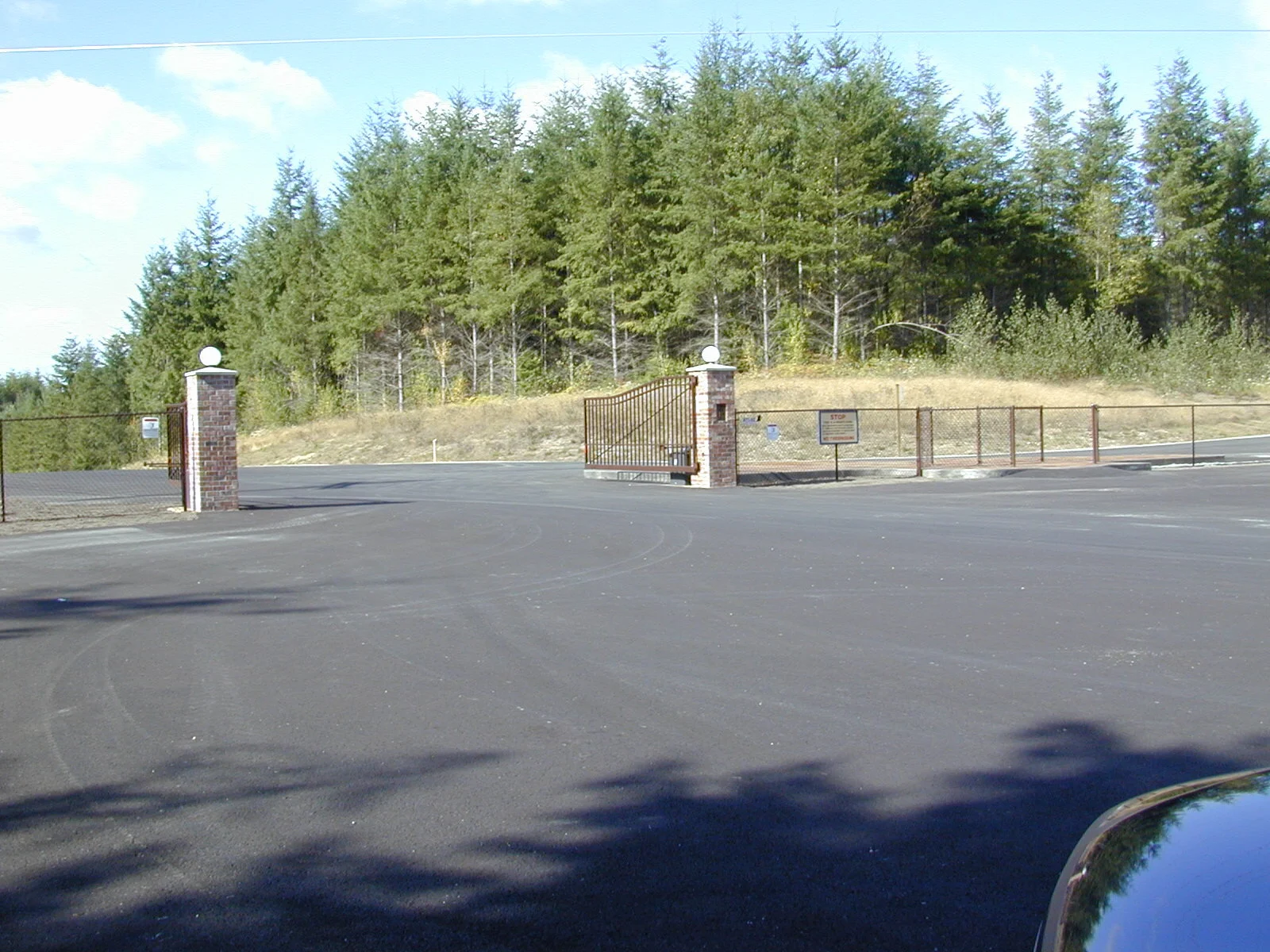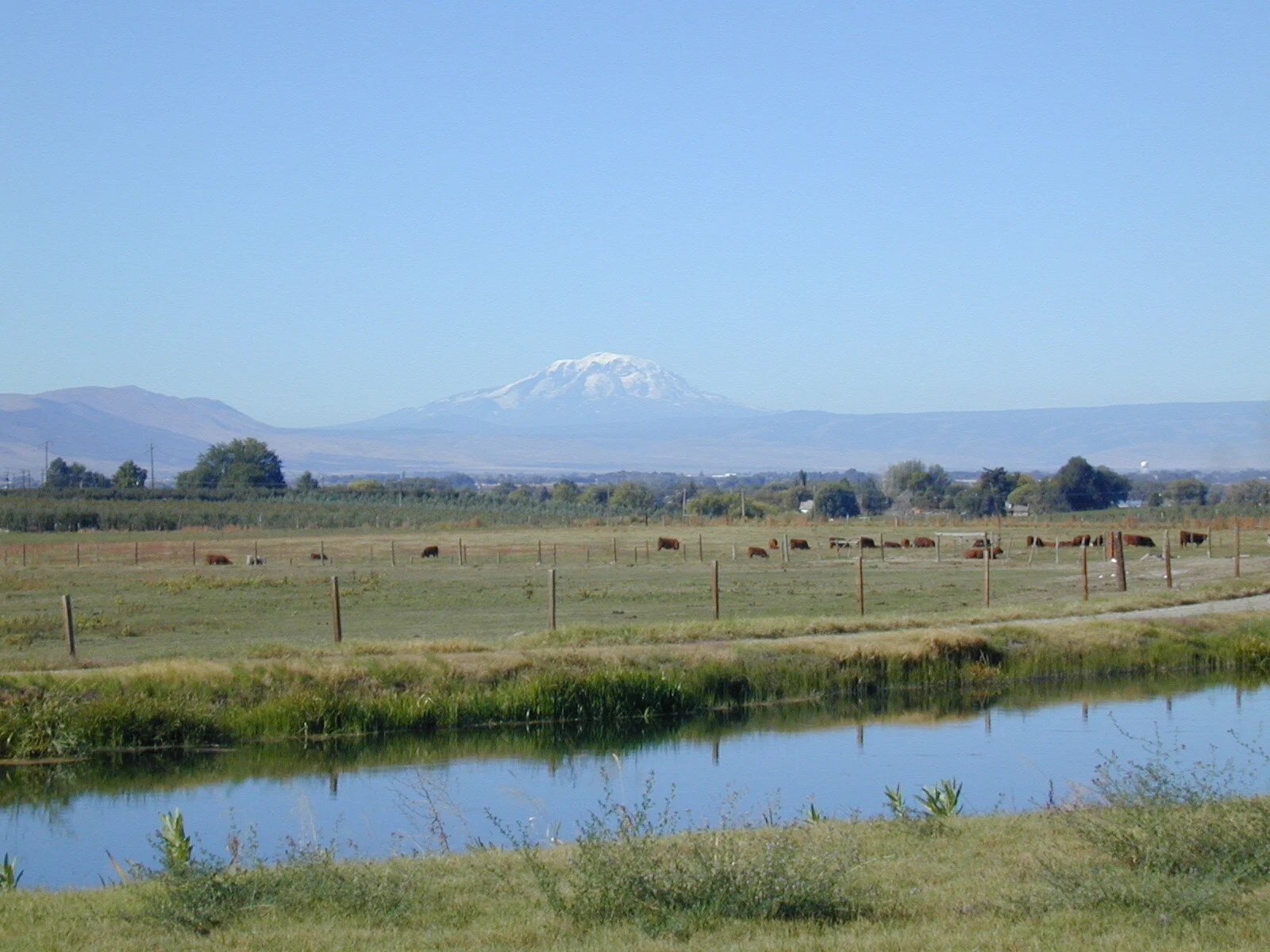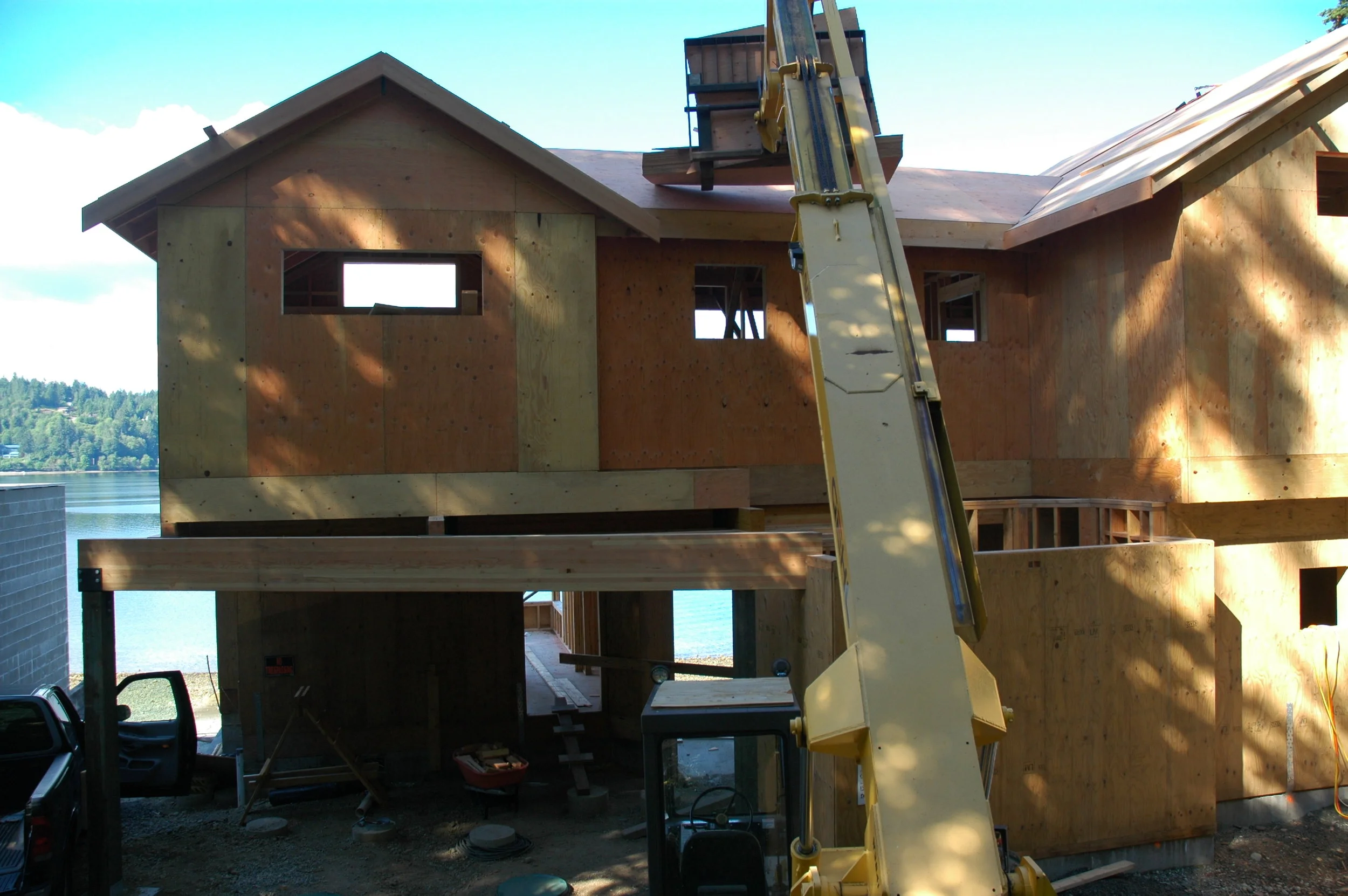Road Maintenance Agreements (RMA’s)
Private Road System Road Maintenance Agreement:
My goal today is to review some of the considerations for drafting a road maintenance agreement for a private road system. There are multiple steps involved in creating a Road Maintenance Agreement (RMA) for a project. The same is true for the Conditions Covenants and Restrictions (CC&R’s). In fact, these two documents tend to hold the most targeted and restrictive content of anything I record for my communities with the county.
The content of a RMA needs to be tailored to the project and provide specific and clear definitions, rules and restrictions so that prospective buyers can review them during the pre-closing inspection. Detail and clarity also help the HOA to manage and enforce the rules with buyers once they become lot owners. Because the needs of each project are unique, I will only be highlighting what I think are certain key parts of a RMA, not all of them.
RMA overview:
A private road system in one of my past projects had just over 8 miles of 26’ wide asphalt road surface, along with other improvements. My real estate attorney drafted the road maintenance agreement, which was edited for specifics before I signed and recorded the finished product. Like all road maintenance agreements, this one described who would be responsible for the maintenance of the road surfaces and the roadways, along with how it would be done.
What is the difference between roads and “roadways”?
I defined roads as the improved surface for motor vehicle travel. Roadways meant all of the improvements located within the roadway easements, which were defined earlier in the document. Included were all of the equipment, facilities and other improvements within the easements.
Defining facilities and improvements:
I said earlier that specifics are necessary, so I further defined facilities and improvements to include:
The roadbeds (whether dirt, gravel or paved).
Improvements which made up the roadways. This included the gated entry and entry improvements.
Shoulders, curbs, walkways, paths, fences and guardrails.
Culverts, ditches and other drainage facilities in or around the roadway easements.
Slopes, cuts, fills and other improvements needed to protect the roads and improvements within the easements.
Improvements adjacent to the roadways that extend outside of the easements that could affect them.
Bridges, berms, regraded surfaces that made up, supported or were necessary for the functioning of the roads.
The surface, materials, design, configurations and specifications of the roadways.
The scheduling and phasing for installation of the roadways.
Homeowners Association:
As developer and RMA declarant, I appointed the Homeowners Association (HOA) as the governing entity to administer and enforce the RMA and CC&R’s. I was also the HOA President, as provided for in the Articles of Incorporation of the Homeowners Association. At a certain point in the sellout of the project I turned the HOA over to the residents, as usual.
Assessments:
Roadways need to be maintained and since there were over 8 miles of roads in this project, I had the HOA collect an initial fee at the closing of each lot to start a necessary reserve fund for road maintenance.
The RMA also allowed for the HOA to manage and assess other fees as follows:
Annual billings.
Special assessments.
Maintenance costs.
Charged, fees and fines imposed by the HOA.
Interest and late charges on any delinquent assessments.
Costs of collection, including reasonable attorneys' fees, incurred by the HOA.
Costs and expenses related to the enforcement of the rights of the HOA.
Easements:
This was a phased project of over 1,100 acres so I handled RMA easements in two main ways. The first was to verify and make certain that the surveyed easements for the existing roadways were inclusive of all of the roadway improvements as they currently existed. I also had a large tract of dedicated open space that was incorporated into the easements, making it a part of the RMA.
The second was to make provisions in the document for the granting of future roadway easements. This was done by providing notice that there was going to be future expansion of the project. That required me to reserve the right to change the easement legal descriptions and the right to designate other property within the project to be added to, and benefitted by, the new easements as the future phases were completed.
General terms:
I incorporated all of the recitals set forth in the documents and also made a provision that if any one of the restrictions and covenants were changed by court judgment, court order, the state or county planning authorities, that it would in no way affect any of the rest of the recorded provisions. That way the substance of the RMA would remain in full force and effect, even if modified. I also mandated that the RMA could not be modified or amended except by a written instrument, executed and recorded.
Summary:
As can be seen by the summary of content reviewed, a qualified attorney should be used to draft the RMA and CC&R documents. The land developer must be very careful that the information provided to the attorney is accurate and complete. This is particularly true with the accuracy of legal descriptions, which in this project were particularly long and complicated since they were based on metes and bounds.
To this very day a lot of guys in this business do not know how to read and understand legal descriptions. If you aren’t sure or don’t know, don’t be ashamed - make sure your surveyor reviews them prior to use… then start learning them yourself! A decent start is the following post:
Real Estate Legal Descriptions:
https://www.landdevelopmentrealities.com/home/2019/6/13/real-estate-legal-descriptions
Like everything else in land development, the RMA and associated CC&R documents must be accurate and complete for the project to avoid problems. They are also a big part of any smart buyers evaluation of what to expect in a community. Do yourself and your buyers a favor and get it right the first time!





